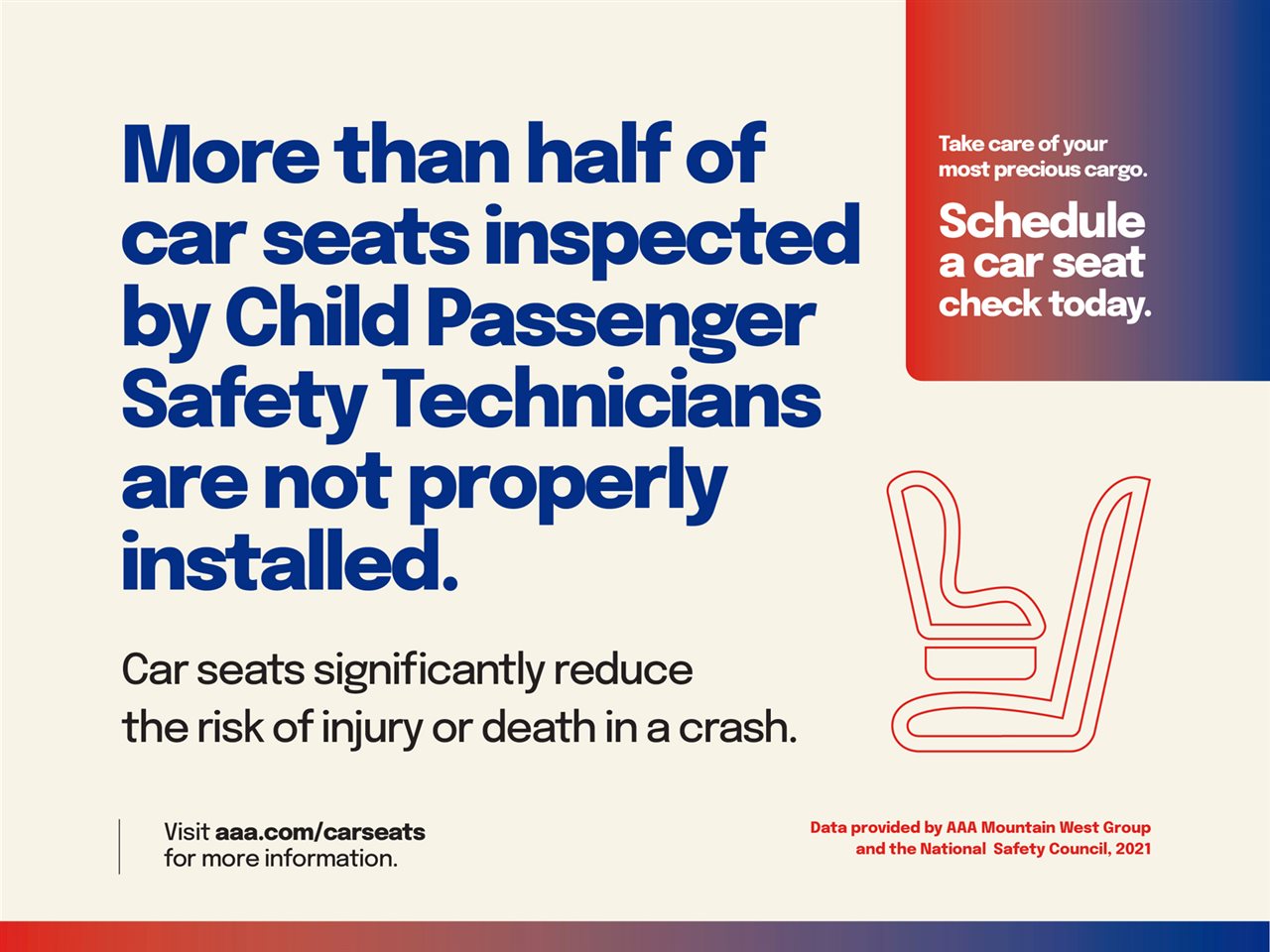(BPT) – Are you using your child’s car seat correctly? AAA Northern California and the National Safety Council are sharing new research that sheds light on the extent to which parents and caregivers in the U.S. are informed about car seat installation and use.
A new general consumer survey found that only 1 in 5 parents and caregivers seek expert help installing a car seat or securing a child in a car seat. However, more than half (52%) of all car seats brought in for inspection to Child Passenger Safety Technicians (CPSTs) are incorrectly installed or used, according to the National Digital Car Seat Check Form database.
What mistakes do parents make when it comes to car seats?
The National Digital Car Seat Check Form database reveals the three most common errors identified by CPSTs:
- Having the car seat installed too loosely.
- Failing to use the tether when installing a forward-facing car seat with either the lower anchors or seat belt.
- Leaving the harness straps too loose when securing the child in the seat.
These common mistakes can make car seats less effective in protecting your child in the event of a collision.
Car safety for toddlers and older children
The survey also found many parents are moving children to the next stage of car seat, booster or seat belt before it is safe to do so:
- 1 in 4 children are moved from forward-facing car seats to booster seats before they’ve reached the appropriate height and weight.
- More than 90% of children using lap-and-shoulder seat belts under age 10 should still be in car seats or booster seats.
The transition to the next level seat is dependent on the child’s height and weight, not age. Additionally, it’s safest to keep the child in the earlier form of the car seat until they reach the maximum weight and height limits recommended by the seat manufacturer.
The study also found caregivers are less likely to complete car seat checks as their child grows:
- Child safety technicians inspect about 4 times as many rear-facing car seats as forward-facing car seats.
- Inspections of booster seats for children aged 7 and older made up less than 3% of all car seats inspected by CPSTs.
- Nearly half (47%) of car seats meant for children 7 and older are not properly installed.
What can you do to improve car safety for your child?
To help ensure your child passenger is protected, AAA recommends parents and caregivers educate themselves and take advantage of free resources, such as virtual or in-person car seat inspections.
‘We urge parents and caregivers to educate themselves and look for free resources, such as a virtual or in-person car seat inspection in their area,” said Michelle Donati, AAA Northern California spokesperson. “Making sure a car seat or booster seat is installed and used correctly can provide peace of mind.’
Here are free resources to help ensure you are using your child’s car seat correctly:
- Car Seat Basics is a free online course that helps participants understand the four stages of child passenger safety.
- AAA.com/carseats offers a free car seat safety guide and educational videos about car seat safety, including information about when to safely transition to the next car seat.
Visit AAA.com/carseats for more information or to find a car seat inspection site near you.
Are you sure you’re using your child’s car safety seat correctly? A new survey found that while over 3 out of 4 parents and caregivers (77%) feel confident about installing and securing their child in a car seat correctly, only 28% report completing a car seat check with a Child Passenger Safety Technician (CPST). And the study, conducted for AAA by Ipsos, also showed that among the parents and caregivers who did complete a car seat check, over half of them were improperly installed.
